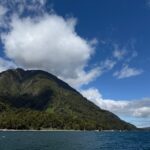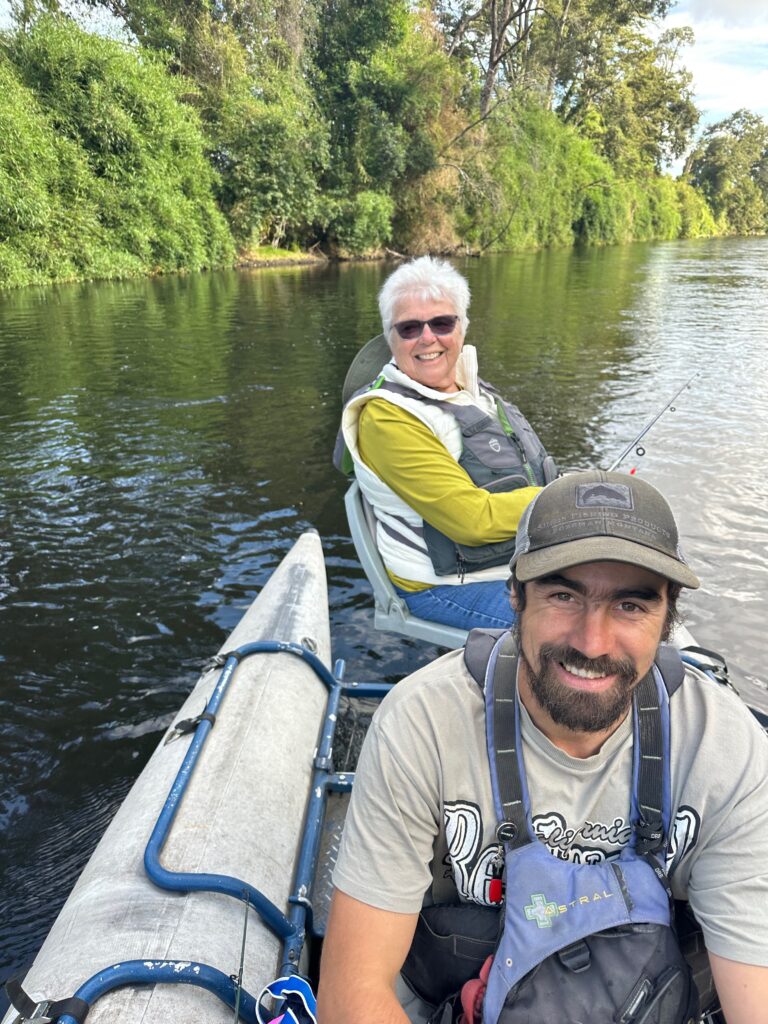order Pregabalin Estancia La Península
We will meet at the pier where we will board the boat to cross the Última Esperanza Fjord, marking the beginning of the Estancia La Península Full Day Tour. As we sail, we’ll admire the Patagonian landscape from the water while receiving information about the region’s geography and history.
Upon reaching the mainland, we’ll be greeted by the permanent residents of the estancia and prepare for an activity to be chosen on the spot: either trekking or horseback riding. Alternatively, if preferred, a 4×4 ride can be arranged, but this must be decided upon booking as an optional service. Each activity lasts two hours and takes place within the estancia, offering picturesque landscapes perfect for photography.
After the activity, we’ll enjoy a lunch of roasted lamb accompanied by wine and homemade sauces.
Following lunch, we’ll witness a demonstration of sheepdog work and sheep shearing, providing insight into the traditional work of a Patagonian estancia. Finally, we’ll tour the facilities and have leisure time before boarding the return navigation to Puerto Natales.
AKA Patagonia
AKA Patagonia has free bikes, a garden, a shared lounge, and a terrace in Puerto Natales. The property is around 3.4 miles from the Municipal Museum of History, 3.3 miles from Puerto Natales Main Square, and 3.3 miles from Maria Auxiliadora Church. The property is allergy-free throughout and is located 3.1 miles from Puerto Natales Bus Station. At the hotel, rooms are equipped with a desk, bed linen, and a balcony with a garden view. With a private bathroom equipped with a shower and free toiletries, rooms at AKA Patagonia also feature free WiFi, while some rooms contain a mountain view. The rooms have a safety deposit box. Guests at the accommodation can enjoy a continental breakfast. Guests at AKA Patagonia will be able to enjoy activities in and around Puerto Natales, like cycling.
Tomorrow the Airport and back to Virginia

































































